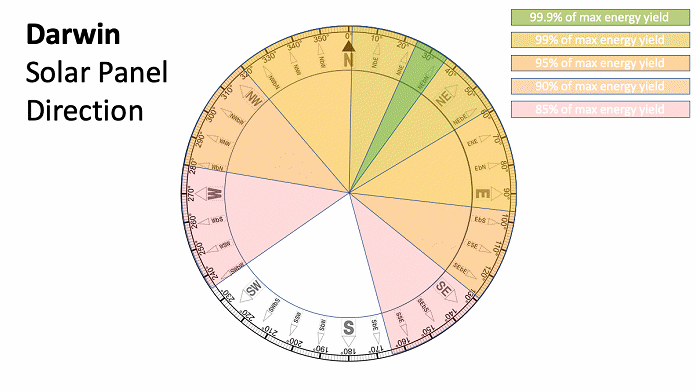
Unlocking Solar Potential: A Comprehensive Guide to Optimal Placement
Harnessing solar energy efficiently involves more than just installing solar panels. Determining the right placement is crucial for maximizing solar power generation. In this guide, we explore key considerations and strategies for optimizing the placement of solar panels to ensure optimal efficiency and energy yield.
Understanding Solar Path and Sun Exposure
The first step in determining solar placement is understanding the solar path and sun exposure at your location. Analyzing the trajectory of the sun throughout the day and across seasons helps identify areas with maximum sunlight exposure. This insight guides the placement of solar panels to capture the most sunlight, enhancing overall energy production.
Evaluating Roof Orientation and Tilt
Roof orientation plays a pivotal role in solar panel placement. Ideally, solar panels should face south in the Northern Hemisphere and north in the Southern Hemisphere to receive maximum sunlight. Additionally, evaluating the tilt angle of the solar panels is crucial. Adjusting the tilt based on the geographical location ensures panels are optimally positioned to capture sunlight at different times of the year.
Assessing Potential Shading Issues
Shading significantly impacts solar panel efficiency. Identify potential shading sources such as trees, nearby buildings, or structures that could cast shadows on the solar array. Utilize tools like solar path calculators to assess shading patterns throughout the day and seasons. Minimizing shading ensures consistent sunlight exposure and maximizes energy production.
Considering Local Climate and Weather Patterns
Local climate and weather conditions influence solar panel performance. Factors such as temperature, humidity, and air density impact the efficiency of solar cells. Understanding these local variables aids in determining optimal solar placement. Additionally, considering wind patterns is crucial to ensure the structural integrity of the solar installation.
Utilizing Solar Tracking Systems
For enhanced efficiency, solar tracking systems can be employed. These systems adjust the position of solar panels throughout the day, ensuring they directly face the sun for maximum exposure. While fixed solar panels are common and cost-effective, tracking systems can be advantageous in locations with variable sunlight angles.
Optimizing Ground-Mounted Solar Installations
In cases where roof installation is not feasible, ground-mounted solar installations provide an alternative. When determining solar placement on the ground, factors such as soil type, local topography, and available space must be considered. Ground-mounted systems offer flexibility in orientation and tilt to maximize solar exposure.
Calculating System Size and Energy Needs
Determining the size of the solar installation is crucial for meeting energy needs. Conducting an energy audit to assess current and future energy requirements helps in sizing the solar system appropriately. Aligning the system size with energy needs ensures optimal utilization and return on investment.
Incorporating Aesthetics and Local Regulations
Solar panel placement should also consider aesthetic and regulatory aspects. Work within local regulations regarding setback requirements and appearance guidelines. Integrating solar panels seamlessly into the architectural design enhances visual appeal while complying with regulatory standards.
Regular Maintenance and Performance Monitoring
Once the solar installation is in place, regular maintenance and performance monitoring are essential. Keep the solar panels clean, check for any shading issues that may arise over time, and monitor energy production. Proactive maintenance ensures sustained efficiency and prolongs the lifespan of the solar system.
Conclusion: A Bright Future with Strategic Solar Placement
Determining the optimal placement of solar panels is a strategic process that involves a holistic understanding of environmental factors and energy needs. To delve deeper into this topic, visit How to Determine Solar Placement. Empower yourself with knowledge, make informed decisions, and unlock the full potential of solar energy for a sustainable and efficient future.




